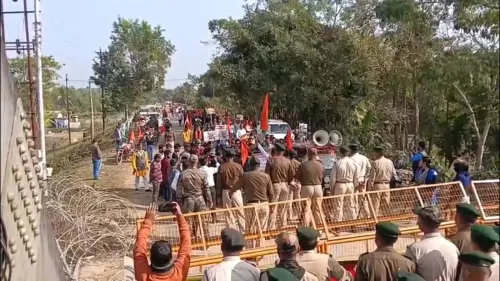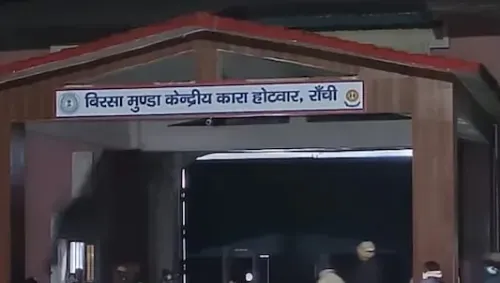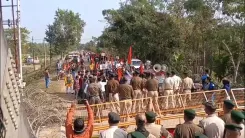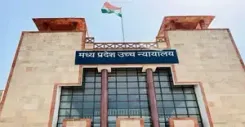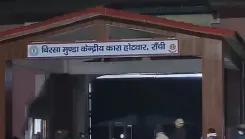Is Pakistan’s Drone Network Fueling Drug and Arms Smuggling into India?
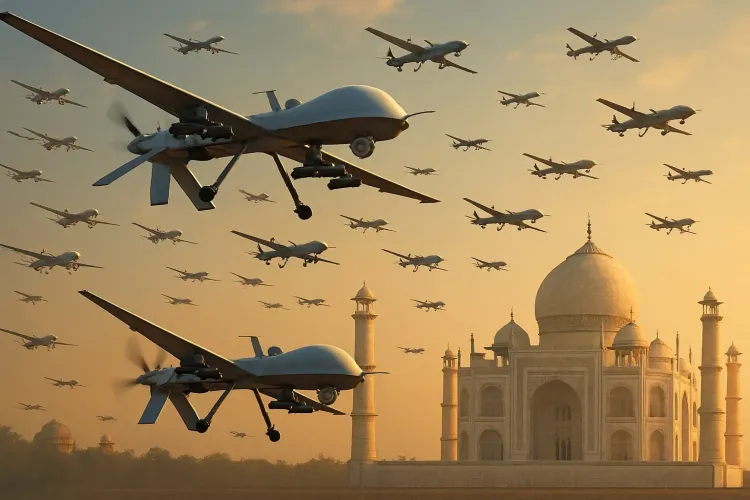
Synopsis
Key Takeaways
- Rogue drone activity from Pakistan has resurged, raising security concerns.
- The BSF reported successful interceptions of armed drones.
- Smugglers are utilizing advanced Chinese-made drones for operations.
- Real-time tracking technology is being enhanced for better detection.
- The ISI is promoting the use of drones among terror groups.
New Delhi, Aug 6 (NationPress) Following Operation Sindoor, there was a temporary reduction in the infiltration of rogue drones into Indian airspace. However, recent reports of drone activity in Punjab have once again heightened the alertness of our security forces.
The current threat is notably different, with these drones boasting advanced capabilities compared to their predecessors. They are capable of flying at greater altitudes and penetrating deeper into Indian territory.
Recently, the Border Security Force (BSF) successfully intercepted six Pakistani drones near the International Border in Amritsar, Punjab, seizing three pistols and over 1 kilogram of heroin. Specifically, four packets were recovered, including three pistols and 1.070 kg of heroin.
According to the BSF, “Reliable intelligence and vigilant observation, followed by rapid troop action, effectively thwarted the attempts of Pakistan-based traffickers to smuggle drugs and weapons into Punjab.”
In the upcoming days, the BSF anticipates intensified efforts from smugglers attempting to deliver contraband across the border. Following India’s decisive action in response to the Pulwama attack, these smugglers had temporarily ceased operations, but they are now re-emerging with enhanced drone technology.
These advanced drones are capable of soaring at higher altitudes before making their descent into India, employing a zigzag flight path to evade detection. The smugglers have also adapted their strategy to ensure the drones crash on Indian soil post-delivery, complicating data recovery efforts.
The smugglers are utilizing sophisticated Chinese-made drones, making them increasingly difficult to detect. In response, India is preparing to deploy additional interceptors designed to track drones in real time, as current detection methods largely rely on sound and visual cues.
Moreover, the ISI has been actively promoting the use of drone technology among terrorist organizations to assist in infiltration operations. These drones facilitate real-time situational assessments during infiltration attempts. Additionally, they gather critical information regarding potential obstacles, aiding the ISI in circumventing Indian security forces.
The ISI has recognized the urgency of enhancing drone technology, especially given the elevated state of alert among Indian armed forces post-Operation Sindoor.
During this operation, the Jaish-e-Muhammad and Lashkar-e-Toiba suffered significant losses. In a recent June meeting with the ISI, these terrorist organizations resolved to not only increase their recruitment efforts but also to intensify infiltration attempts.
Currently, terror groups from Pakistan are finding it increasingly challenging to infiltrate Indian territory. The high alert status has made traditional infiltration methods nearly impossible, leading to a heavy reliance on advanced drone technology.
This presents a persistent challenge for Indian security agencies, particularly along the borders shared with Pakistan, including regions in Jammu and Kashmir as well as Punjab.


